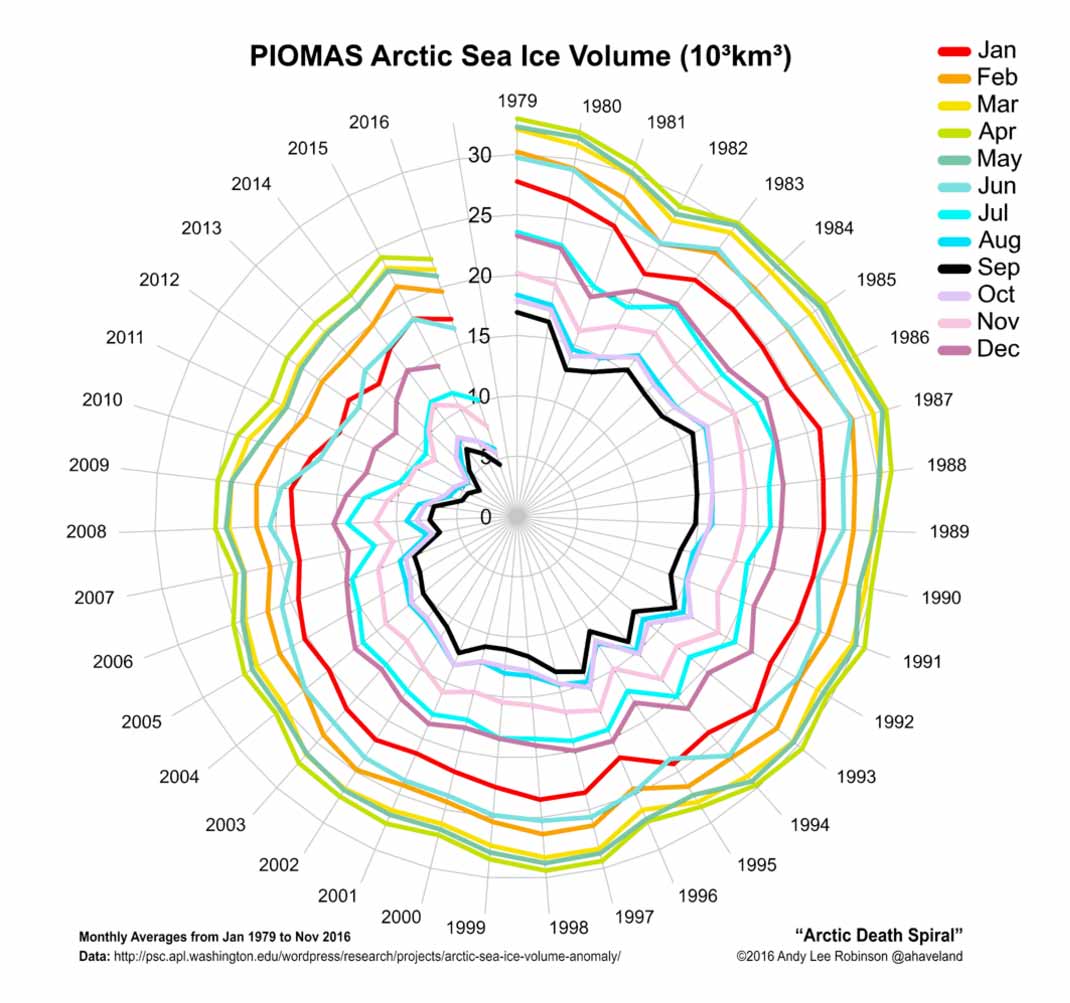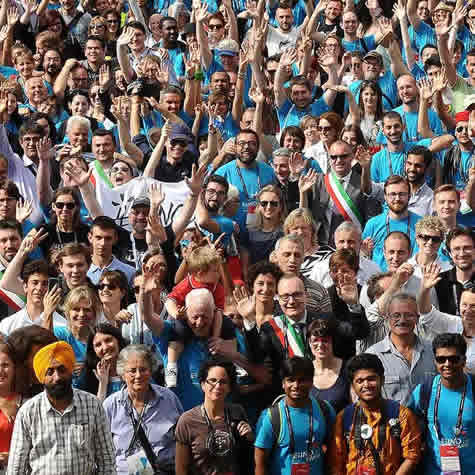The reality of global warming should not be controversial. In fact, 16 of the 17 warmest years on record have occurred since 2001. For over a hundred years, scientists have known that humans can cause global temperature change.
Accelerated climate change is altering conditions all over the world. Glaciers and Arctic ice are melting, sea level is rising at an increasing rate, and ecosystems are changing.
Ice coverage in the Arctic Ocean has been steadily decreasing over the last few decades, creating a cycle that raises area temperatures even more. Ice and snow reflect 60 to 80 percent of solar energy. When the snow and ice melt away, the darker ocean water absorbs more heat from the sun. This process has been speeding up the warming of the Arctic at twice the global average. These changes influence weather patterns and affect the habitat of surrounding plants and animals.
Wikimedian Andreas Weith has seen and documented the impact of these changes up close. In 2015, he photographed starving polar bears in the Arctic. As the ice declines, so does their ability to find food. “It’s heartbreaking,” he says. While the polar bear population is currently relatively stable, they are considered vulnerable—with lower average body weight and higher mortality rates for cubs—and are being forced into new territory with risks to their survival.
Andreas Weith contributes to Wikimedia Commons. He has shared over 100 images of the Arctic for free use.

